Safe Work Australia data shows a sharp rise in psychological health claims, up 36.9% since 2017–18. Harassment, bullying, work pressure and workplace violence are the leading causes. Mental health claims now cost nearly four times more than physical injury claims and result in much longer absences from work.
Retail is especially vulnerable. National surveys report higher-than-average psychological distress among retail workers and high rates of customer-related aggression, harassment and violence. With a workforce that is often young, casual and culturally diverse, the risks are significant and the impacts far-reaching.
The Legal Obligation
All states and territories now have specific WHS regulations requiring businesses to identify and manage psychosocial risks. Victoria has also committed to introducing equivalent obligations under its OHS Regulations later this year. This means psychosocial risk management must be treated the same way as physical health and safety.
Key Risks in Retail
Psychosocial risks in retail are varied and often interconnected. They can stem from customer interactions, work design, organisational culture or the level of support available to staff. The most common risks retailers should be aware of include:
- Aggressive or violent customer behaviour, including harassment and abuse.
- High job demands, rostering pressures and fatigue.
- Low levels of control or support for staff.
- Poor workplace culture, bullying or conflict.
- Inadequate support, including training and unclear roles (role clarity)
What Good Practice Looks Like
The good news is that these risks can be effectively managed when approached with the same structure and seriousness as physical safety. Safe Work Australia’s case study of “Horizon Retailers” provides a practical example of what this looks like in action. In response to concerns about stress, burnout, and customer aggression, Horizon Retailers:
- Used consultative forums to capture worker feedback.
- Reviewed the Managing psychosocial hazards at work Code of Practice for guidance.
- Adopted the free People at Work risk assessment survey.
- Introduced practical controls like better rostering, clear refund processes, stronger customer behaviour policies, staff and manager training, and environmental changes such as barriers, signage and security.
- Committed to ongoing monitoring and annual reviews to ensure controls remain effective.
Resources
- Safe Work Australia – Retail Case Study: Managing the risk of psychosocial hazards
- Model Code of Practice: Managing psychosocial hazards at work
- People at Work Survey
By taking a proactive approach, retailers can meet their legal duties, reduce costly claims, and most importantly, create safer and more supportive workplaces for their teams.





















